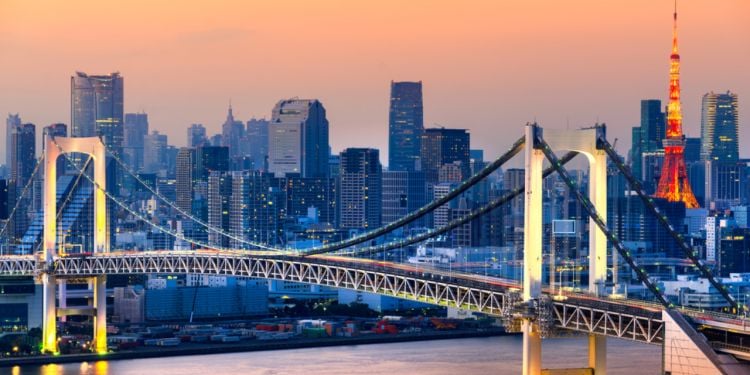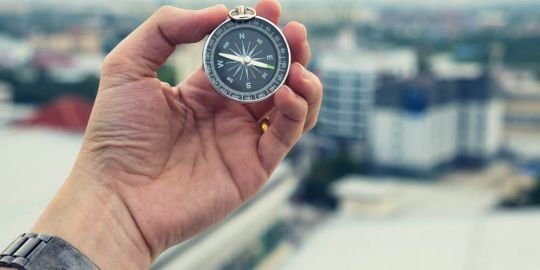Discovering Tokyo

By visiting the very touristy districts of Shibuya, Shinjuku or Harajuku, up to the more remote areas of Fussa or Ome, you will discover the different facets of the Japanese capital. In fact, it's the Tokyo Metropolitan Prefecture that gave its name to the capital of the Land of the Rising Sun. Here is a practical guide for future expatriates in Tokyo.
General information about Tokyo
The density of the Tokyo prefecture has reached record levels, with more than 6,000 inhabitants per km². Greater Tokyo includes the prefectures of Chiba, Kanagawa, Ibaraki, Saitama, Gunma, Tochigi and, of course, Tokyo. It is one of the most populated urban areas in the world.
Tokyo means "capital of the east". A capital governed since 2016 by Yuriko Koike. She is the first woman to hold this position.
Tokyo in figures
While the Tokyo Metropolitan Prefecture has a population of 14,047,594. Its capital, Tokyo, is home to 9,733,276 inhabitants. The other major cities in the prefecture are Hachioji, with a population of 579,355, and Machida, with 431,079 souls.
The 23 districts of Tokyo
Tokyo is made up of 23 districts called "ku":
- Shinjuku-ku
- Shibuya-ku
- Nakano-ku
- Toshima-ku
- Bunkyo-ku
- Chiyoda-ku
- Chuo-ku
- Minato-ku
- Koto-ku
- Sumida-ku
- Taito-ku
- Arakawa-ku
- Kita-ku
- Itabashi-ku
- Nerima-ku
- Suginami-ku
- Setagaya-ku
- Meguro-ku
- Shinagawa-ku
- Ota-ku
- Adachi-ku
- Katsushika-ku
- Edogawa-ku
History of Tokyo
A unique administrative division
In the middle of World War II, in 1943, the military government decided to do away with the wider city of Tokyo. From then on, in a strictly administrative sense, the city of Tokyo no longer existed. What remained were only its 23 districts. It is nowadays called "prefecture-capital" or "metropolitan prefecture". This change has had no impact on the inhabitants' daily life, but it explains why it is so difficult to quantify the population. Tokyo has become an area with a unique urban-administrative division.
Legacy of the past
This unique urban division is a legacy of the past. During the 12th century, Edo Shigenaga, a member of the Shigenaga clan, decided to settle his fief in a small fishing village to which he gave his name, "Edo", which means "gate of the river". By the 17th century, Edo had become one of the major cities in Asia. The Meiji era began in 1868, and the industrial revolution was underway. Edo became Tokyo, "the capital of the East".
Tokyo's climate
Tokyo's climate is subtropical and humid, with fairly mild winters. Temperatures are almost always positive, and summers are very hot and humid. Spring is the time of the blossoming of the Japanese cherry trees, with delicate pinkish flowers called sakura. Autumn is the season of momiji, the Japanese maple tree flowers.
The cost of living in Tokyo
Many people say that life is expensive in Tokyo. While the cost of living is higher than in other cities in Japan, it is quite possible to enjoy a decent life in the capital. Rent and transportation in Tokyo are the most important expenses. On the other hand, food is cheap, and that includes restaurants. You can find many full meals for less than 1000 yen.
There is a myth about fruits and vegetables being expensive in Japan. You can buy cheap fruits and vegetables by buying local, seasonal, and in the local supermarkets. For example, you can buy one-kilo daikon (large Japanese radish) for less than 200 yen. For the same price, you can get 2 kg of bean sprouts, and tofu costs a handful of yen.
To reduce accommodation costs in Tokyo, it is better to live away from the city center. The cities of Fussa or Hachioji are less expensive. Closer to the center of Tokyo, the districts of Nakano, Toshima, Itabashi or Taito can be affordable solutions too. Besides, accommodation is cheaper in the neighboring prefectures (Saitama, Kanagawa, Chiba). But in any case, you need to consider the cost of transportation because in Japan, it varies according to the distance. The more you travel, the more expensive it is.
Nature in Tokyo
Almost every district has its own green spaces. In Bunkyo, the Korakuen garden is a true national treasure. In Shinjuku, Shinjuku-gyoen, is one of the largest parks in Tokyo. Yoyogi and Meiji-jingu gardens offer well-deserved green breaks not far from the busy Harajuku district.
More about Tokyo
If Tokyo were a tree, it would be a ginkgo biloba. This tree is everywhere present in the city. As a matter of fact, the Tokyo Metro company has taken the ginkgo leaf as its logo.








